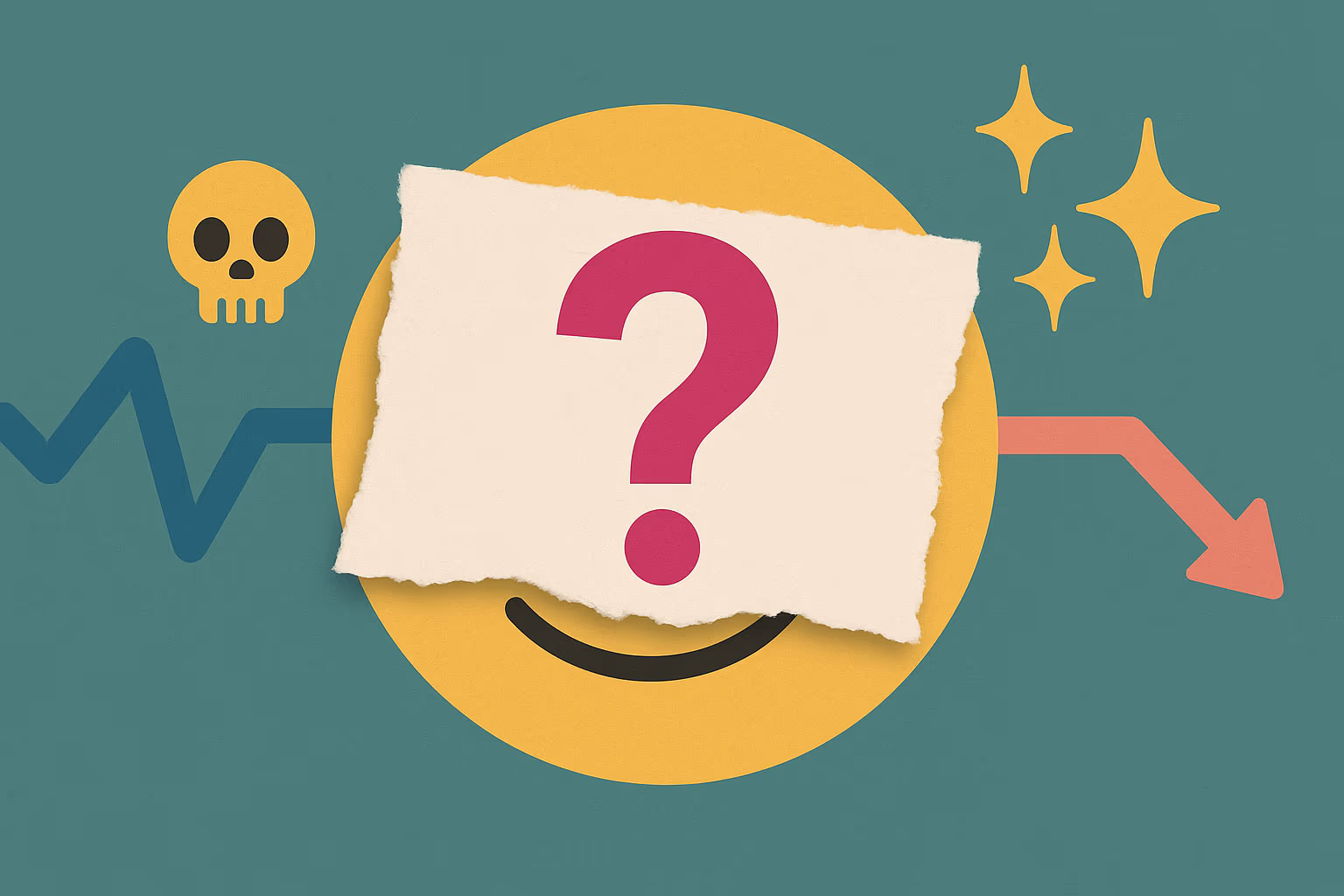About 80% of American adults say they have at some point been confused by how others use emojis, according to a 2024 survey by the language-learning platform Preply. Back in 2021, The Wall Street Journal called the smiling face emoji “an intergenerational minefield”—and three years later, it is still making people second-guess their messages.
For younger generations, reinterpreting linguistic and visual codes is nothing new. Emojis are meant to make conversations simpler and livelier, but differences in interpretation can lead to awkwardness. “Gen Z shapes emoji culture,” says 27-year-old content creator Gigi Robinson. According to Erica Dhawan, author of a book on “digital body language,” older users tend to rely on the “dictionary” meaning of icons, while younger people assign them new shades of meaning.
For instance, the familiar 🙂 soft smiley can be read as sarcasm or passive aggression—such as in the message, “My air conditioner just broke. 🙂”
The 💀 skull emoji can mean not death, but something “deadly” funny, awkward, or cringeworthy.
💅 Painted nails can symbolize luxury, beauty, and confidence—sometimes with an ironic twist: “Dinner’s on me. 💅”
✨ Sparkles can be used to emphasize a word or phrase—as in the tongue-in-cheek “I’m ✨stressed✨”—or to express genuine excitement.
👍 The thumbs-up emoji, beyond showing approval, can come across as curt or dismissive, especially outside of a work context.
Much depends on context. The 🥵 flushed-face emoji can describe heat or chaos, but in certain cases, it can also be taken as a sexual innuendo.
The gap in emoji perception is likely to keep widening. A new AI-powered iPhone feature will let users create their own icons—promising more creativity, but also more potential for generational misunderstandings.
